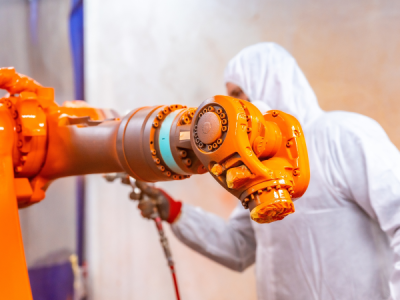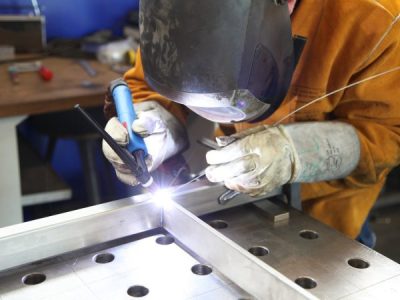
In the world of metal fabrication, selecting the right material is the foundation of a successful project. Each type of metal brings unique properties and strengths that can impact the performance, durability, and cost-efficiency of the final product. Whether you’re designing sturdy construction frameworks, sleek automotive parts, or precise medical tools, understanding the materials available is essential to achieving the best results. In this guide, we’ll explore the most commonly used materials in metal fabrication, their distinct properties, and their typical applications. From the strength of steel to the lightweight resilience of aluminum, we’ll help you choose the right metal for your next project.
Steel: The Versatile Workhorse
Steel is one of the most widely used materials in metal fabrication, renowned for its unmatched strength, durability, and versatility. It serves as a cornerstone in industries ranging from construction to automotive manufacturing, thanks to its adaptability and cost-efficiency.
Properties:
- Strength: Steel is incredibly strong, making it ideal for load-bearing and structural applications.
- Durability: Its ability to withstand wear and tear ensures long-lasting performance.
- Versatility: Available in various grades and forms, steel can be tailored to specific project needs.
Applications:
- Construction: Steel forms the backbone of buildings, bridges, and other infrastructure.
- Automotive: It’s a critical material for car bodies, frames, and mechanical components.
- Manufacturing: Steel is extensively used in tools, machinery, and industrial equipment.
Types of Steel Used in Fabrication
Steel comes in several specialized categories, each tailored for specific applications. Below are the common types of steel used in metal fabrication:
Stainless Steel:
- Known for its corrosion resistance, stainless steel is ideal for environments with high moisture or corrosive agents. It is available in five primary categories:
Austenitic Stainless Steel:
- Highly corrosion- and temperature-resistant.
- Examples: SS 200 and 300 series (used in packaging and domestic appliances).
Ferritic Stainless Steel:
- Defined by its body-centered cubic grain structure, offering moderate corrosion resistance.
- Examples: SS 409, 430, and 439 grades (used in automotive and industrial applications).
Martensitic Stainless Steel:
- Known for high tensile strength and wear resistance.
- Examples: SS 410, 420, and 440A grades (used in knives and turbines).
Duplex Stainless Steel:
- Combines ferritic and austenitic properties, offering excellent strength and corrosion resistance.
- Examples: Duplex alloys 2507, 2304, and 2550 (used in oil and gas pipelines and paper production).
Precipitation Hardening Steel:
- Offers superior corrosion resistance and strength.
- Examples: SS 304, 310, and 316 (used in gears, valves, and engine components).
Mild Steel: The Affordable All-Rounder
Mild steel, also known as low-carbon steel, is one of the most commonly used materials in metal fabrication due to its affordability, ease of use, and versatility. Its lower carbon content compared to other steels makes it highly workable while maintaining sufficient strength for various applications.
Properties:
- High Workability: Mild steel is easy to cut, weld, and form, making it ideal for custom fabrication.
- Ductility: Its flexibility allows for shaping and bending without cracking or breaking.
- Cost-Effective: As a readily available material, it offers excellent value for projects requiring large quantities.
- Magnetic: Its iron content makes it suitable for applications requiring magnetic properties.
Applications:
- Construction:
- Structural beams, columns, and reinforcements in buildings.
- Pipes and frames for infrastructure projects.
- Automotive:
- Body panels, chassis, and engine parts for vehicles.
- General Fabrication:
- Tools, machinery parts, and everyday items like furniture and storage systems.
- Artistic Projects:
- Sculptures and custom design elements due to its ease of shaping and finishing.
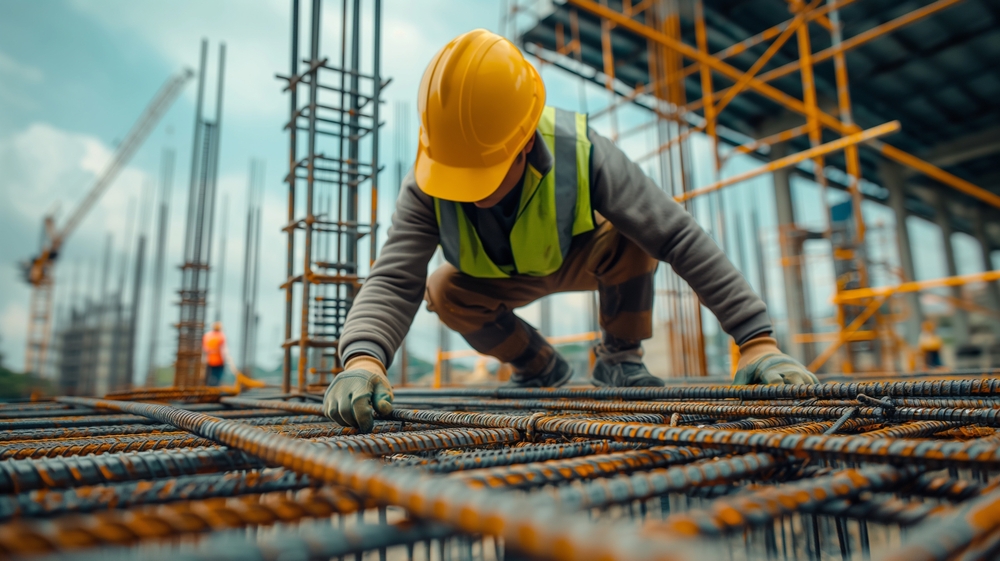
Aluminum: Lightweight and Resilient
Aluminum stands out in metal fabrication for its unique combination of lightness, strength, and resistance to corrosion. Its versatility makes it a preferred choice for industries that demand efficiency, mobility, and durability.
Properties:
- Lightweight: Aluminum is significantly lighter than other metals, which reduces the overall weight of structures and products.
- Corrosion Resistance: Its natural oxide layer provides excellent protection against rust and weathering.
- Thermal Conductivity: Aluminum’s ability to conduct heat makes it ideal for temperature-sensitive applications.
Applications:
- Aerospace: Used in aircraft frames and components due to its weight-saving properties.
- Transportation: Found in car bodies, rail cars, and bicycles for enhanced fuel efficiency and performance.
Packaging: Essential in cans, foils, and other packaging materials for its durability and recyclability.
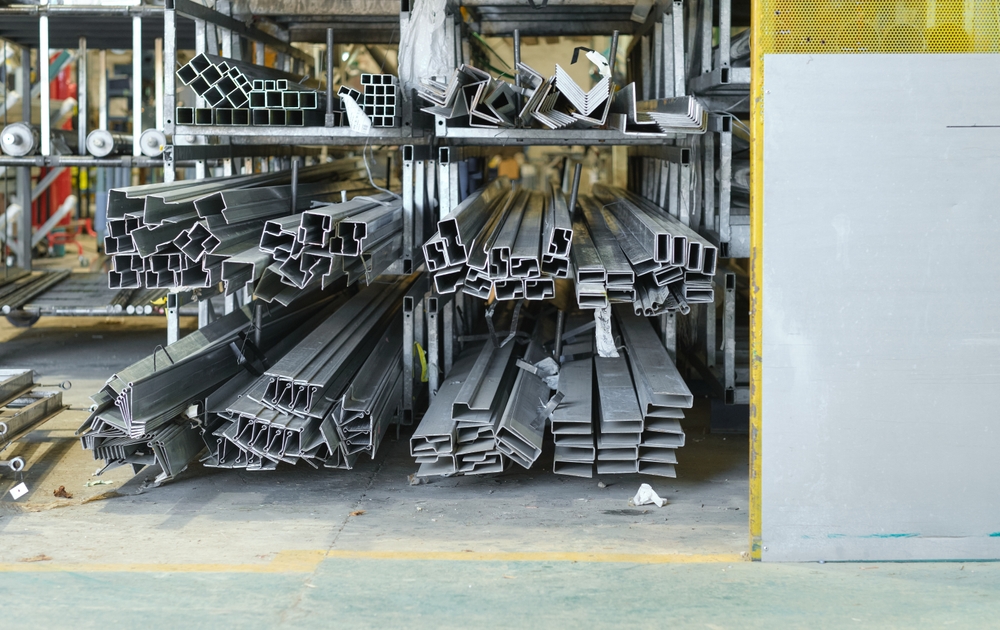
Copper: The Conductor’s Choice
Copper is celebrated in metal fabrication for its unparalleled electrical and thermal conductivity. Its malleability and corrosion resistance make it a critical material for both industrial and residential applications.
Properties:
- Exceptional Conductivity: Copper boasts superior electrical and thermal conductivity, making it irreplaceable in energy transfer applications.
- Malleability: Its flexibility allows it to be easily shaped into complex designs without losing strength.
- Corrosion Resistance: Copper resists rust and degradation, ensuring long-lasting performance.
Applications:
- Electrical Wiring: Widely used in power cables, circuits, and electronics due to its excellent conductivity.
- Plumbing: Essential in pipes and fittings for water systems, thanks to its resistance to corrosion.
- Electronics: Found in components like circuit boards and connectors, critical for reliable functionality.
Brass: Durable and Decorative
Brass, an alloy of copper and zinc, is known for its unique blend of functionality, durability, and aesthetic appeal. Its golden hue and corrosion resistance make it a popular choice for both decorative and practical applications.
Properties:
- Machinability: Brass is easy to shape and mold, making it ideal for intricate designs and precision parts.
- Corrosion Resistance: Its resilience against rust and tarnish ensures longevity in various environments.
- Aesthetic Qualities: Brass offers a distinct, polished appearance that enhances visual appeal.
Applications:
- Decorative Pieces: Common in furniture accents, light fixtures, and art pieces for its luxurious finish.
- Musical Instruments: Found in instruments like trumpets and trombones due to its acoustic properties.
Fittings: Used in plumbing and mechanical systems for its durability and resistance to wear.
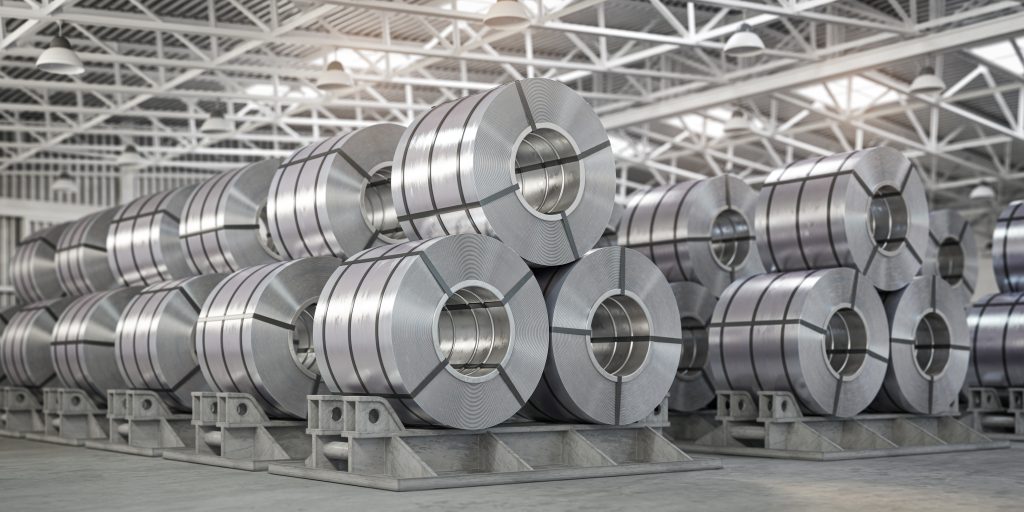
We’re Here to Help you Choose the Right Materials
With an understanding of these key metals—steel, aluminum, copper, brass, stainless steel, and titanium—you can make informed decisions for your fabrication projects. Each material has unique strengths suited to specific applications, and choosing the right one is critical to achieving durability, efficiency, and aesthetic appeal.
At APT Spray Painting, we’re here to help you every step of the way. Our expert finishing services ensure your metal components are protected and polished to perfection.
Contact us today to discuss your project needs and discover how APT Spray Painting can bring your vision to life!

